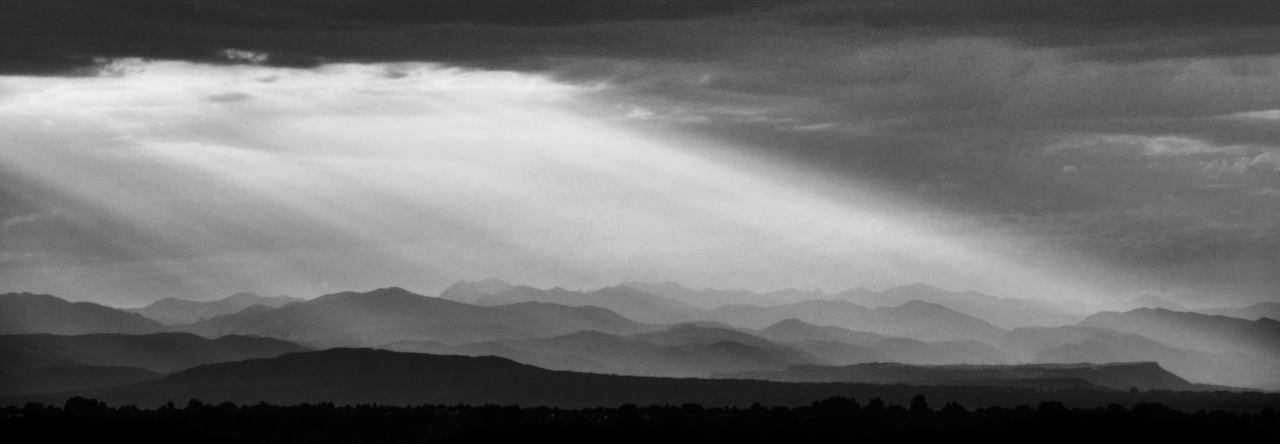I have a kind of core music theory library that I keep revisiting, a few books on key topics–not mostly from my student days, as it happens, but things I’ve heard recommended and picked up along the way.
My perspective on these is probably a little different from, say, a theory professor’s–and, I’ll admit, less sophisticated. I’m a cellist and a cello teacher, so I’m focused primarily on, you know, making good sounds with the cello. But…but! Theory is critical to artistry and interpretation, so we have to work it in alongside technique and repertoire. And when I’m arranging or composing, theory is critical.
So these are my core references:
[I’ve linked to Amazon so it’s easy to identify each book, but you can find most of these books much cheaper if you look for used copies. Old editions are totally fine! I like thriftbooks.com, or abebooks.com, for example, or anywhere you can find used books.]
- Aldwell and Schachter, Harmony and Voice Leading. Start here! Great exposition of the basics, and then a great, in-depth treatment of harmony.
- Green, Form in Tonal Music. Musical form/structure is probably the area that I continue to think about most consciously from my music theory studies; it’s critical for interpretative decisions as a performer, and of course it’s vital to arranging/composing. Green moves fast and covers a lot of ground, but he’s easy to follow if you’ve got a good grounding in the basics (like from Aldwell and Schachter).
- Kennan, Counterpoint. Kennan takes a practical approach that, from my seat, makes his the most useful of the counterpoint books I’ve seen.
- Adler, The Study of Orchestration. This is really the key text on orchestration. Magnificent and comprehensive for thinking about how composers construct sound in the orchestral world (and for thinking about how we fit into the bigger picture from our cello desks).
- Gould, Behind Bars. THE critical reference on music notation. Don’t leave home without it.
- Baker, Arranging and Composing for the Small Ensemble: Jazz, R&B, Jazz-Rock. David Baker is absolutely amazing (I mean, c’mon, he was a cellist! of course he was amazing), and I’ve found this book particularly helpful as a serious reference for non-classical approaches to music theory, notation, and performance.
